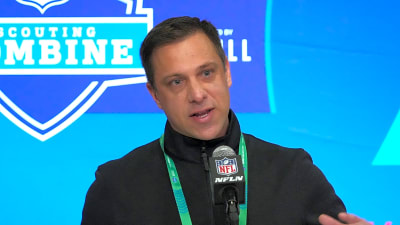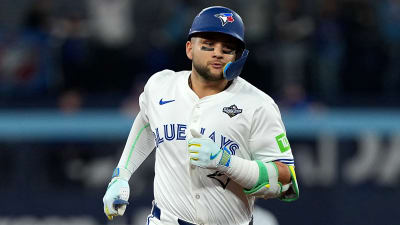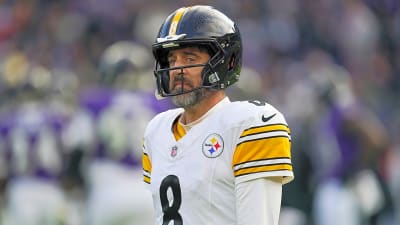
These Achilles' heels could hamstring Super Bowl contenders
NFL training camps are scheduled to open in two weeks. In the meantime, Yardbarker's Sam Robinson, Michael Nania and Chris Mueller identify the major flaw on six contenders for the Super Bowl.
49ers: wide receiver
ROBINSON: At full strength, the 49ers are not especially weak at wide receiver. But they will go into the season without No. 1 wideout Deebo Samuel. A yards-after-catch maven who quickly became the best receiver of Kyle Shanahan’s 49ers tenure, Samuel suffered a Jones fracture in his foot in June and is expected to miss three to four months. This creates a clear deficiency.
Vital 2019 trade acquisition Emmanuel Sanders is now a Saint; his replacement is in a tough spot. The COVID-19-nixed offseason will make already-raw first-rounder Brandon Aiyuk’s learning curve steeper. A former JUCO transfer, Aiyuk submitted one productive season at Arizona State and needs time to develop. Shanahan stashed 2018 second-rounder Dante Pettis in his doghouse last season, a slate which 2019 third-rounder Jalen Hurd missed due to injury. Fourth-year role player Kendrick Bourne has flashed, but sans Samuel, the 49ers resemble the group that needed Sanders last October.
A Jones fracture is one of the more difficult injuries to overcome, according to the Orthopaedic Journal of Sports Medicine. Samuel (fifth among wideouts in 2019 YAC with 473) may not be the same player once he returns. The 49ers know full well this injury’s impact. Slot target Trent Taylor missed all last season and required five surgeries after his August 2019 Jones fracture.
Trades for Sanders and offensive tackle Trent Williams show how seriously the 49ers are treating their championship window. They should have options here. Ex-Shanahan pupil Taylor Gabriel remains a free agent. Gabriel, 29, would not replace Samuel, but he enjoyed his best season under Shanahan for the 2016 Falcons’ historically potent attack. The Texans’ Kenny Stills, the Dolphins’ Albert Wilson and the Panthers’ Curtis Samuel profile as potential trade candidates. The Giants, Lions and Raiders faltering early in the season could make Golden Tate, Marvin Jones and Tyrell Williams available via in-season swap.
With their in-house fill-in candidates set for uphill battles after the altered offseason, the defending NFC champions may need to find another Sanders-type stopgap solution to help QB Jimmy Garoppolo.
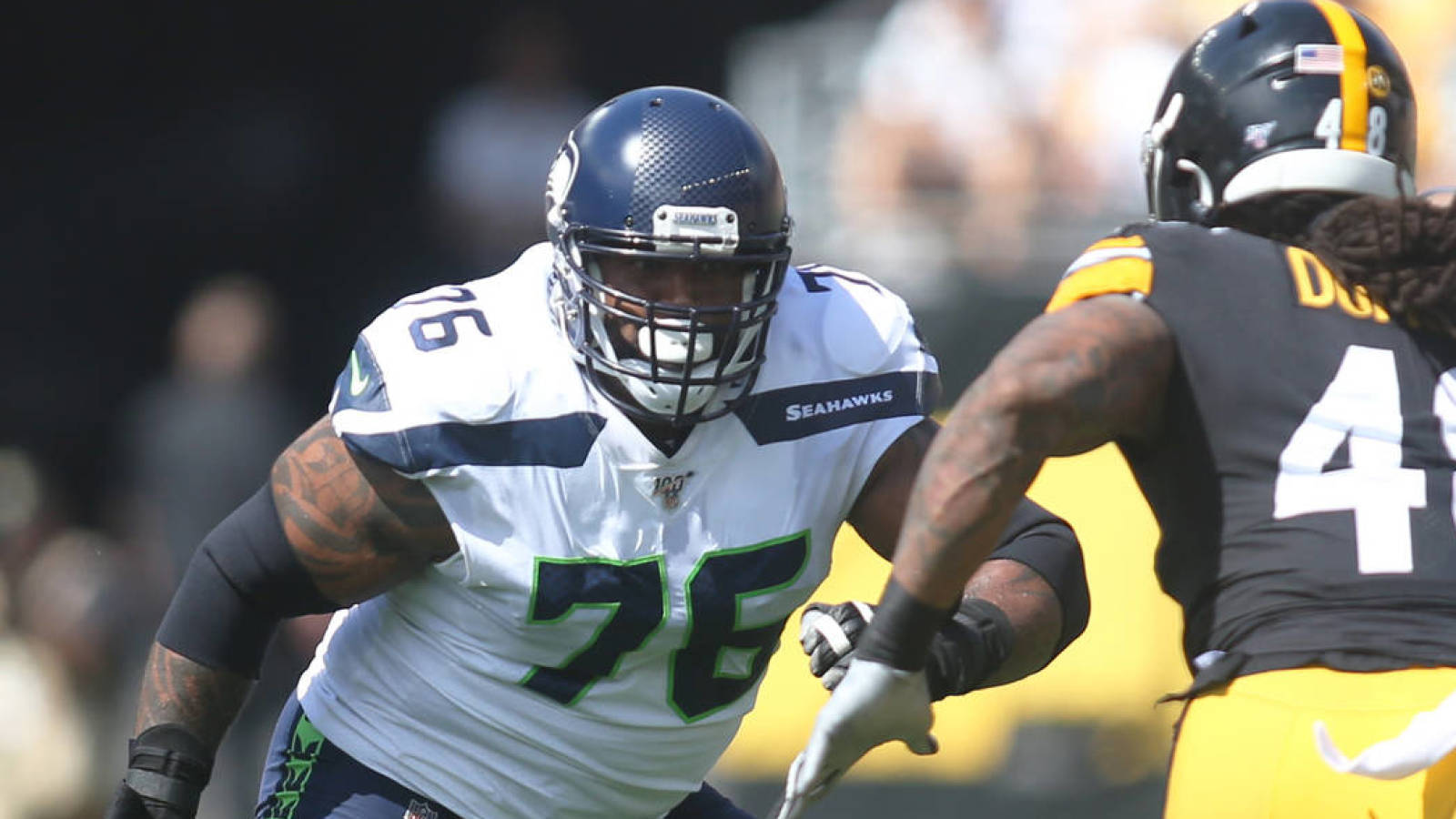
Seahawks: offensive line
ROBINSON: Criticized for their offensive line decisions in the years following Marshawn Lynch’s dominance, the Seahawks pushed the limits of investment mediocrity this year. The run-oriented team has assembled an O-line consisting largely of aging talents and low-end free agents.
Despite entering his age-35 season, left tackle Duane Brown resides as Seattle’s most indispensable blocker. The four-time Pro Bowler is attached to an $11.5 million-per-year extension and is the only Seahawk O-lineman earning more than $4.5M in salary. After the draft, the Seahawks released their other well-paid lineman – center Justin Britt – and cut two-year starter D.J. Fluker. Former first-round bust Germain Ifedi is now in Chicago. Interesting replacement options will join Brown and 33-year-old guard Mike Iupati, whose best seasons came many years ago in San Francisco.
The perpetually O-line-constrained Jets benched Brandon Shell last season. He is the favorite to become the Seahawks’ starting right tackle. Ex-Steelers center B.J. Finney, Pro Football Focus’ No. 30 snapper in 2019 and a player who has never surpassed four starts in a season, is the top candidate to succeed Britt. Reminding of their failed Luke Joeckel reclamation attempt, the Seahawks signed one of the bigger O-line busts of the 2010s – ex-Bengals first-rounder Cedric Ogbuehi – to compete with Shell. Thanks to COVID-19 and the new CBA’s practice restrictions, third-rounder Damien Lewis has come into the league in perhaps the worst developmental year for rookie O-linemen in NFL history.
Despite Brown’s salary, the Seahawks have devoted the 23rd-most 2020 cap space to their line. Seattle had the second- and third-most rushing attempts the past two seasons, respectively, but it will have three new starters up front. The newcomers’ profiles stand to increase the team’s degree of difficulty. And some of its $13M-plus in cap space may go to Jadeveon Clowney or another defensive end to address a still-leaky pass rush. Prime-years blockers Larry Warford, a Pro Bowl guard, and five-year guard starter Josh Kline are two of the handful of starter-caliber free agents.
A perennial contender that narrowly missed sweeping San Francisco last season, Seattle must make a better effort to upgrade here.
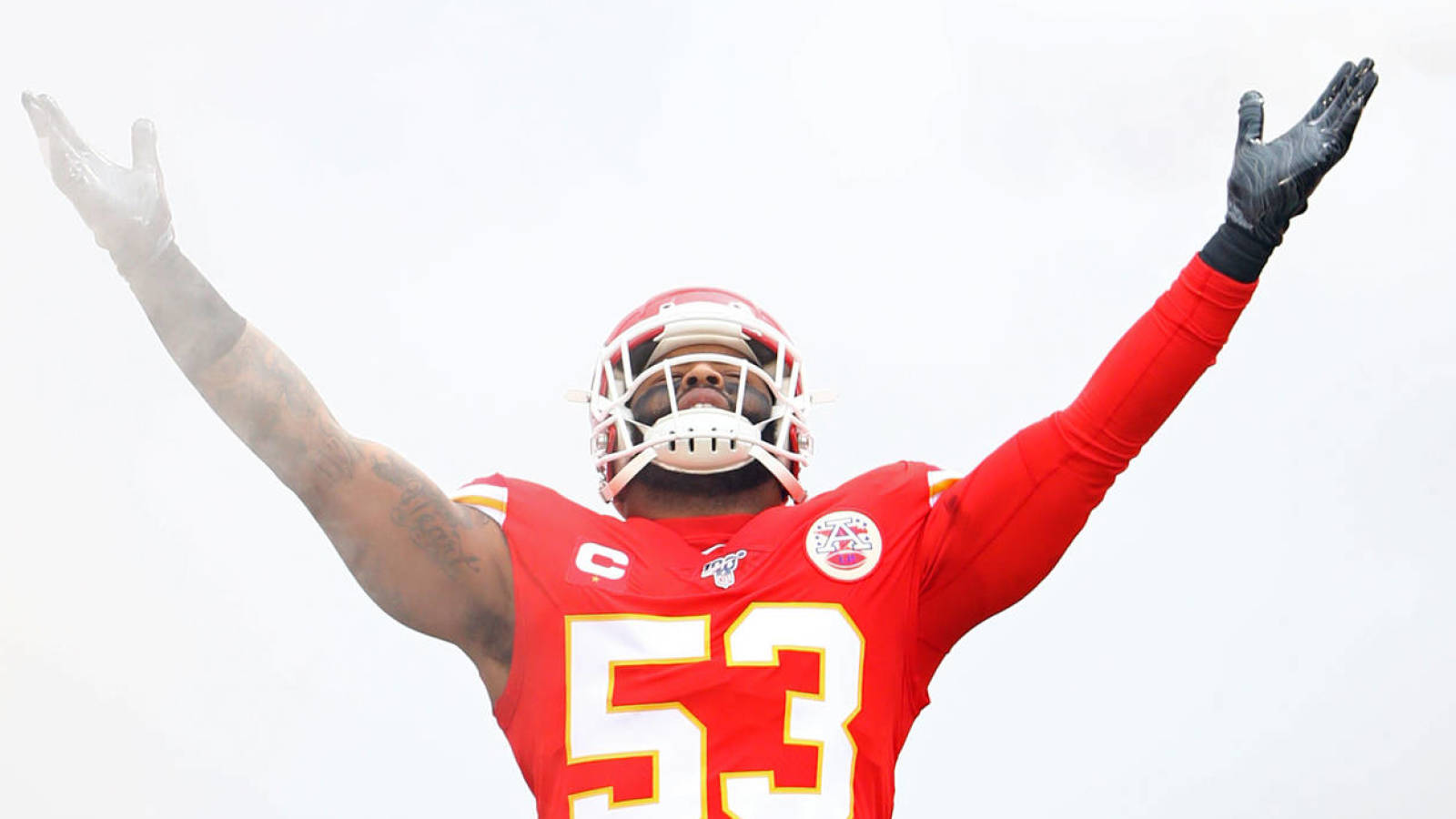
Chiefs: Inside linebackers
NANIA: The improved play of Kansas City's defense was a major factor in the Chiefs' nine-game winning streak that culminated with a Super Bowl win. From Weeks 1-10, the Chiefs allowed 23.9 points per game and went a somewhat disappointing 6-4. Over their 9-0 finish, the Chiefs yielded just 16 points per game.
That turnaround was despite the continued struggles from linebackers Anthony Hitchens, Damien Wilson, Ben Niemann and Reggie Ragland. Against the pass, Kansas City's linebackers allowed a combined passer rating of 112.8 in coverage (regular season), sixth worst of all linebacker groups in the league. In the playoffs, that number went up to 113.8.
The group also suffered from a lack of playmaking against the run. Kansas City's linebackers posted 48 run stops (tackles against the run that constitute a win for the defense) over a combined 878 snaps against the run, giving the unit a run stop rate of 5.5 percent that ranked 31st among linebacker groups. This was a big reason that the Chiefs ranked 29th in run defense DVOA.
Hitchens, Wilson and Niemann — the team's top three leaders in snaps at linebacker — return. They must improve.
The Chiefs did show awareness of the weakness in the draft, as they used their second-round pick (63rd overall) on Mississippi State linebacker Willie Gay Jr. Gay had off-the-field issues, but he could be a long-term solution at the position.
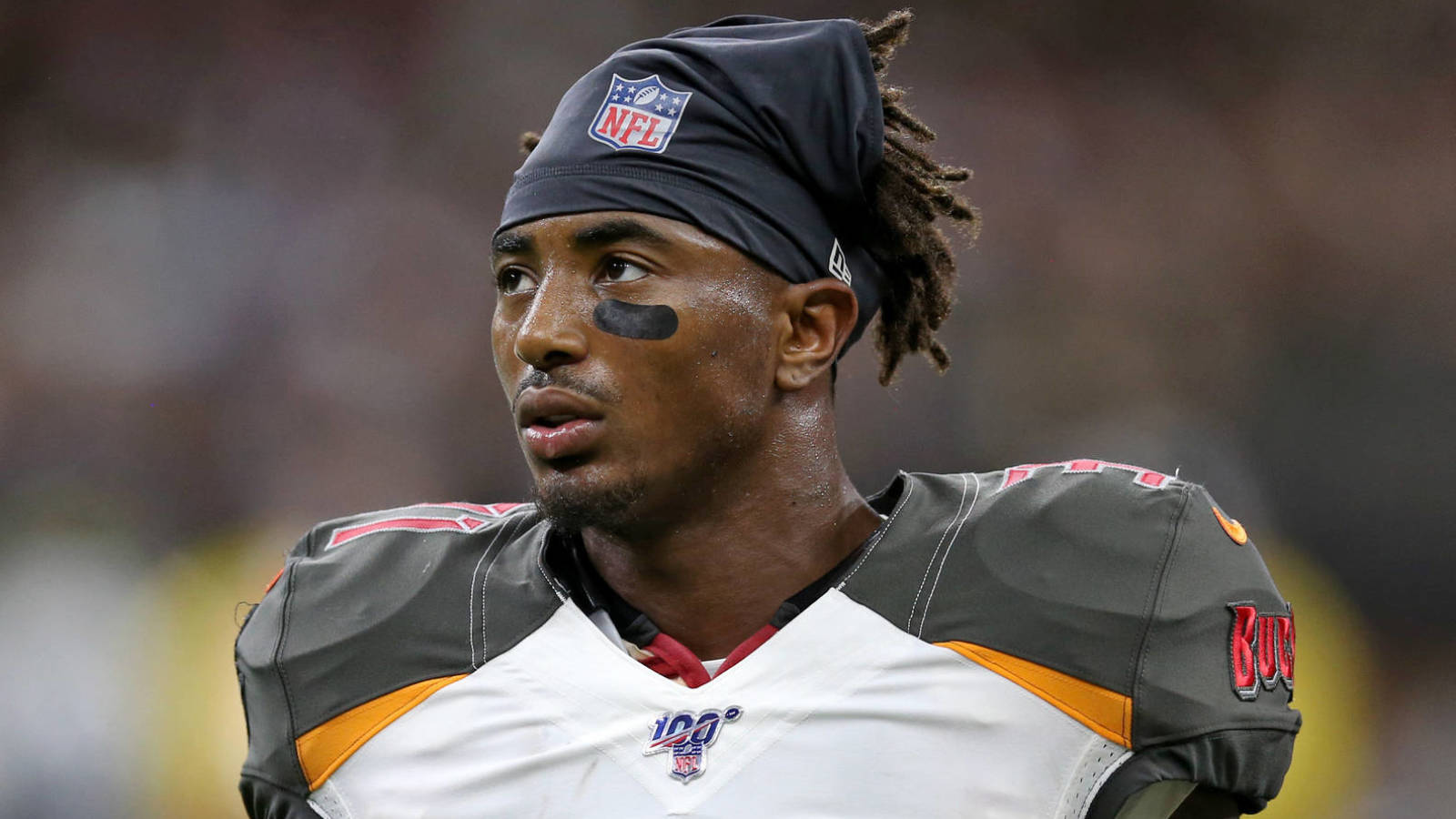
Buccaneers: safeties
NANIA: Led by new defensive coordinator Todd Bowles, the Buccaneers' defense had an excellent 2019 season, ranking fifth in DVOA. The Bucs ranked first in rush defense DVOA and placed second with 117 quarterback hits, but they had issues in the secondary, particularly at safety.
Tampa Bay's safety group, led by Jordan Whitehead, Andrew Adams, and rookie third-round pick Mike Edwards, had recurring issues with missed tackles in key spots. The unit ranked 25th with a missed tackle rate of 17.6 percent against the run and placed 25th with a missed tackle rate of 13.2 percent against the pass.
Coverage was another issue. The unit yielded seven touchdown passes and snagged only two interceptions. Pro Football Focus scored Tampa Bay's safeties with a cumulative coverage grade of 50.8, the worst of any safety group in the NFL.
Help is on the way. Justin Evans, Tampa Bay's second-round pick in 2017, missed all of 2019 with an Achilles injury but should return to reprise his role as a starter after a solid second season in 2018. The Bucs also added another safety in the second round: Minnesota's Antoine Winfield Jr., the 45th pick in the 2020 draft.
Another potential option could be a former pupil of Bowles' with the Jets: Jamal Adams. The star safety, who requested a trade from New York, listed Tampa Bay as one of his preferred destinations.
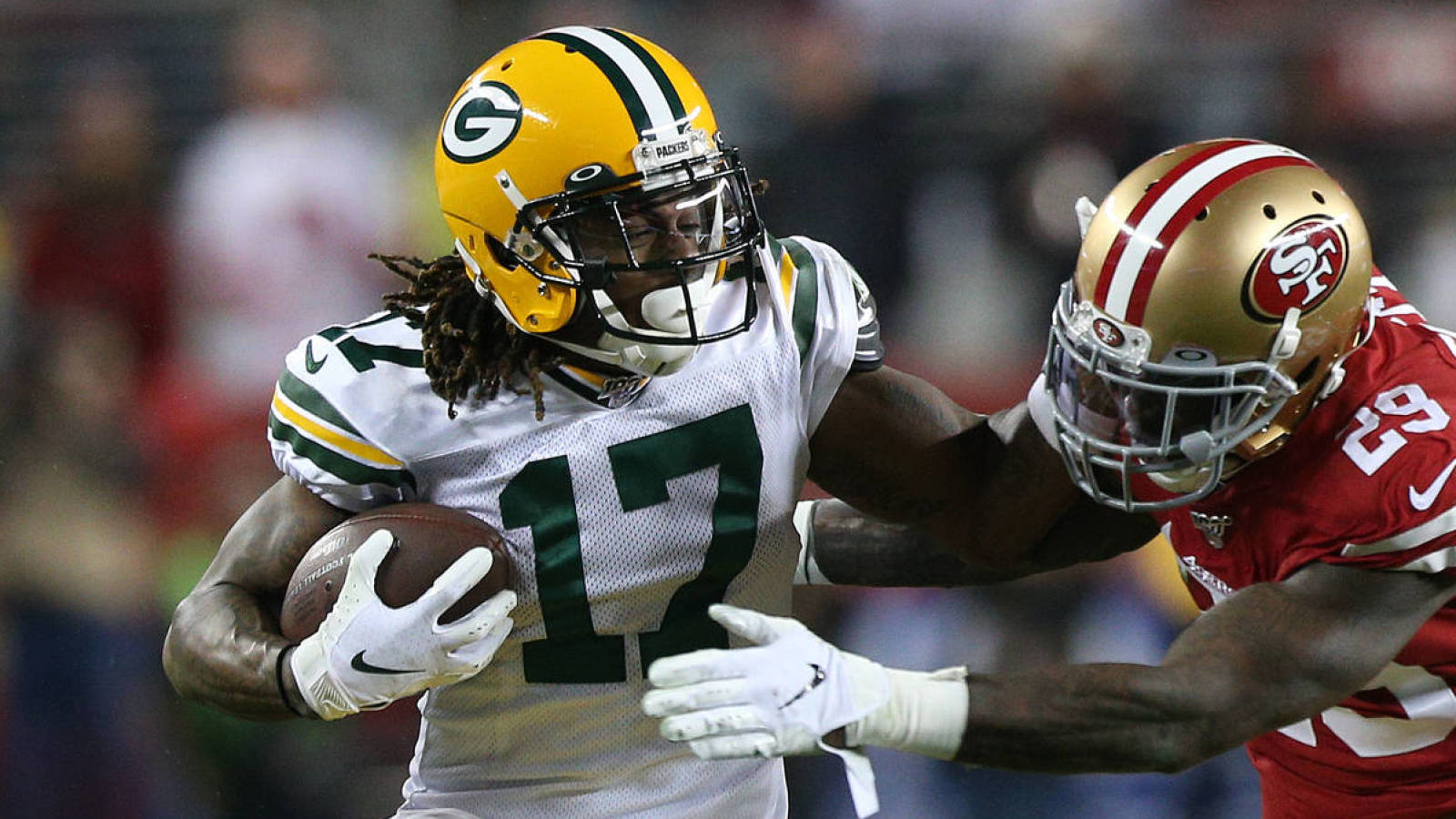
Packers: wide receivers
MUELLER: Green Bay went 13-3 and came up one win short of a Super Bowl appearance last season. By definition, any team with that resume, that also returns Aaron Rodgers at quarterback, is a Super Bowl contender. The Packers aren’t that simple to decipher, however; Green Bay was not the juggernaut that its record suggested. Rather, the Packers ground out several close wins — eight by a touchdown or less — then beat a similarly overachieving Seahawks team to reach the NFC championship.
That game, a 37-20 waxing by San Francisco, laid bare the Packers’ biggest problem: Outside of Davante Adams, Aaron Rodgers did not have quality options at receiver. Adams finished with 1,295 yards and seven touchdowns in just 14 games. Allen Lazard was the next-best producer among wide receivers, with a paltry 513 yards and three touchdowns. Rodgers clearly felt more comfortable dumping the ball off to running backs Aaron Jones and Jamaal Williams (a combined 98 catches, 774 yards and nine touchdowns) than he did any other receiver not named Adams.
The Packers did nothing to fix the position in the offseason. They didn’t draft a wide receiver, and their only outside free agent signing at the position was Devin Funchess, who played one game for Indianapolis last year.
It’s clear that the Packers are trying to go with a run-heavy offense that features a stable of backs and prioritizes tight ends, but they’re doing Rodgers and themselves a disservice in the process. The quarterback’s days as Green Bay’s starter might be numbered because of the team’s controversial selection of Jordan Love in the first round, but he can still play.
The Packers needed more explosive receiving weapons to pair with Rodgers and the league’s ninth-best scoring defense from 2019. Instead, they ignored the position almost completely, to the detriment of their title chances.
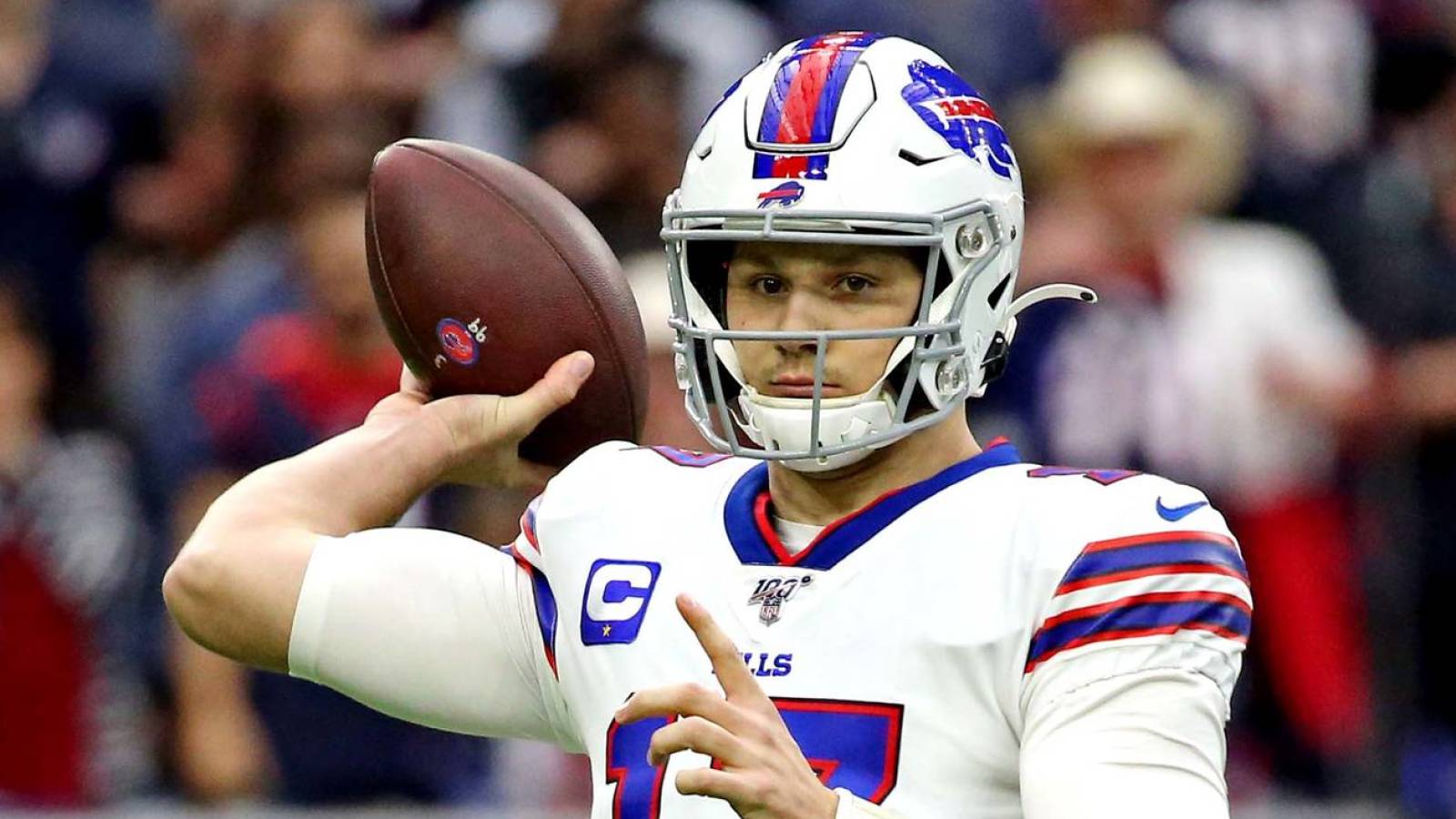
Bills: quarterback (what else?)
MUELLER: “The Bills? Super Bowl contenders? Are you serious, Chris?”
The designation doesn’t seem to fit Buffalo, despite its 10-6 mark and playoff berth last year, one that saw the Bills take the Patriots to the wire twice in the regular season. The roster isn’t the reason; the Bills are stacked, particularly on defense, where they return 10 of 11 starters from a group that ranked second in the league in points allowed and third in total defense. Buffalo added to its offense with a blockbuster trade that brought Vikings wide receiver Stefon Diggs to Buffalo. So why, despite the Bills’ overall roster strength, do so few observers view them as a serious threat?
The answer is Josh Allen. The Bills’ quarterback enters his third year with just as many questions dogging him as he had when he entered the league. Looking at traditional passing stats would lead one to believe that Allen made big strides in his second year. He went from 10 touchdowns, 12 interceptions and a 67.9 passer rating to 20, nine and 85.3, respectively. The problem is that that 85.3 rating was still five points below the league average of 90.4, and advanced metrics suggest Allen still lagged far behind his contemporaries.
Per Pro Football Reference, he had the fifth-highest bad throw percentage in the NFL last season, at 20.3, and was 21st among qualifying passers in on-target throw percentage, at just 73.2. Pro Football Focus, known for ignoring occasionally deceptive traditional statistics to ascertain a player’s true performance, gave Allen a lower overall grade in 2019 (64.2) than he received in 2018 (65.3).
According to PFF grading, Allen was the worst-performing starting quarterback on a playoff team by an enormous margin; The Eagles' Carson Wentz was next-lowest, and he graded out at 74.3. The Bills have a championship-caliber roster, but they need their quarterback to raise his game significantly.
More must-reads:
- Offseason report cards for every NFL team
- Six NFL defenders primed to break out in Year 2
- The 'Active NFL 5-passing-TD games' quiz
Breaking News
Trending News
Customize Your Newsletter
 +
+
Get the latest news and rumors, customized to your favorite sports and teams. Emailed daily. Always free!
